Exploring the Impact of Digitalization on Traditional Art Forms
Technology and digital tools have significantly influenced traditional art forms, stimulating an impressive transformation that has garnered much attention. This article explores the role of artists in the digital age, the adaptation of traditional art forms into the digital platform, the reaction of audiences, and the projected future of digital art.
The Role of Artists in the Digital Age
In the digital age, artists are becoming increasingly versatile and adaptive. Traditional artists transitioning to digital art have experienced a shift in their workflow, and often, a transformative effect on their final product. Many have noted that the immediacy and endless possibilities offered by digital tools enhance their creativity and productivity. However, critics argue that the ease and speed of digital tools may compromise the depth and substance of the artwork.
Adapting to the Digital Platform
Adaptation to the digital platform presents a paradigm shift from the tactile experience of traditional art-making. A successful example of this is the transformation of calligraphers who have taken their ink and brush skills to digital tablets and styluses, maintaining the precision and fluidity of their art, albeit on a different medium. Yet, the loss of the physical touch, natural textures, and certain elements of spontaneity has been mentioned as a downside.
Reception of Audiences
Audiences have shown mixed responses to the digitalization of art. While some appreciate the accessibility, variety, and dynamism of digital artwork, others long for the authenticity and tangible connection that traditional art facilitates. Moreover, art pieces that can be infinitely reproduced and shared digitally mean that the concept of art ownership has dramatically changed.
The Broader Reach of Digital Art
Digitization offers an expansive platform for traditional arts to reach a broader audience. Art has been revolutionized socially, culturally, and economically. Digital art museums, galleries, and exhibitions have created new avenues for artists to showcase their work. People from all around the world can now experience art that would have been otherwise difficult to access.
The Future of Digital Art
The future of digital art carries limitless potential, throughout a diverse spectrum of applications from Virtual Reality art experiences to avant-garde digital installations. However, it is likely that as digital art continues to evolve, it would face challenges, including copyright issues, the need for digital literacy, and technological disparities among potential audiences.
In conclusion, the digital world does not spell the end for traditional art but paves the way for a renaissance of traditional forms in a new medium. The co-existence and interplay between these two worlds would only drive creativity and innovation further, enabling artists to reach beyond the realm of the conventional and into the exciting unknown.
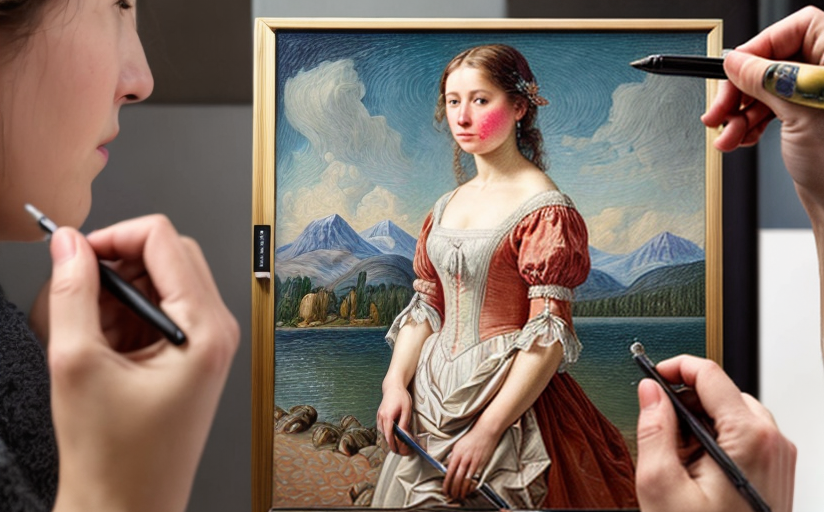
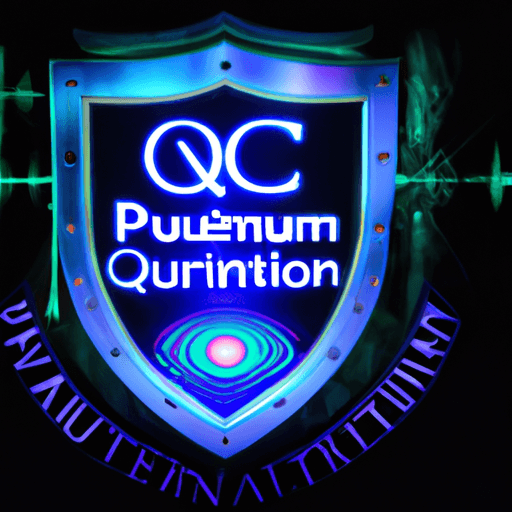






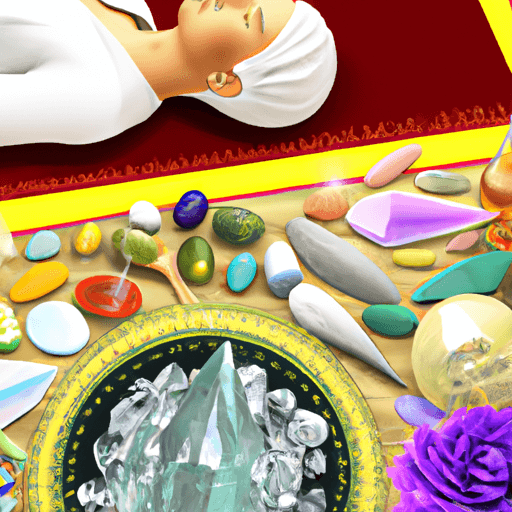


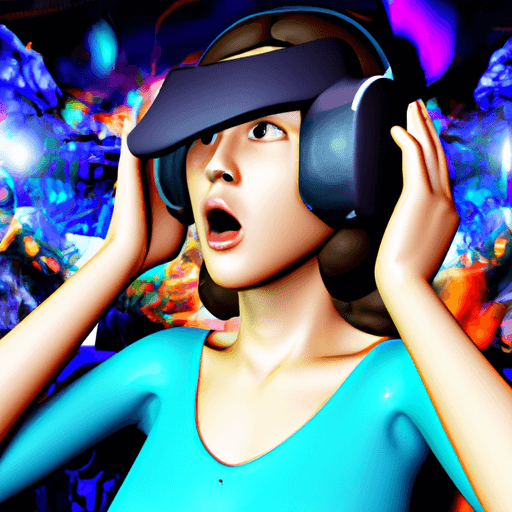


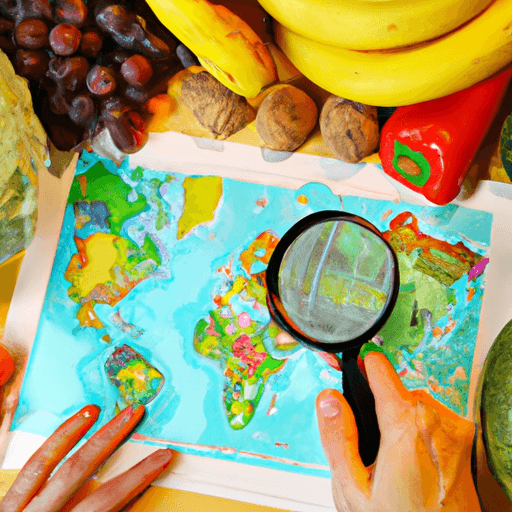


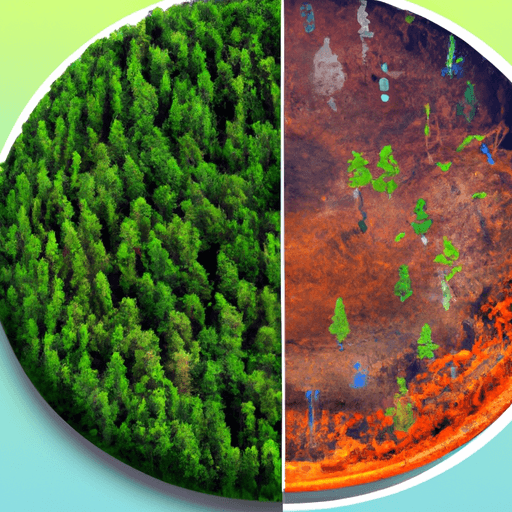
Comments
Leave a Comment